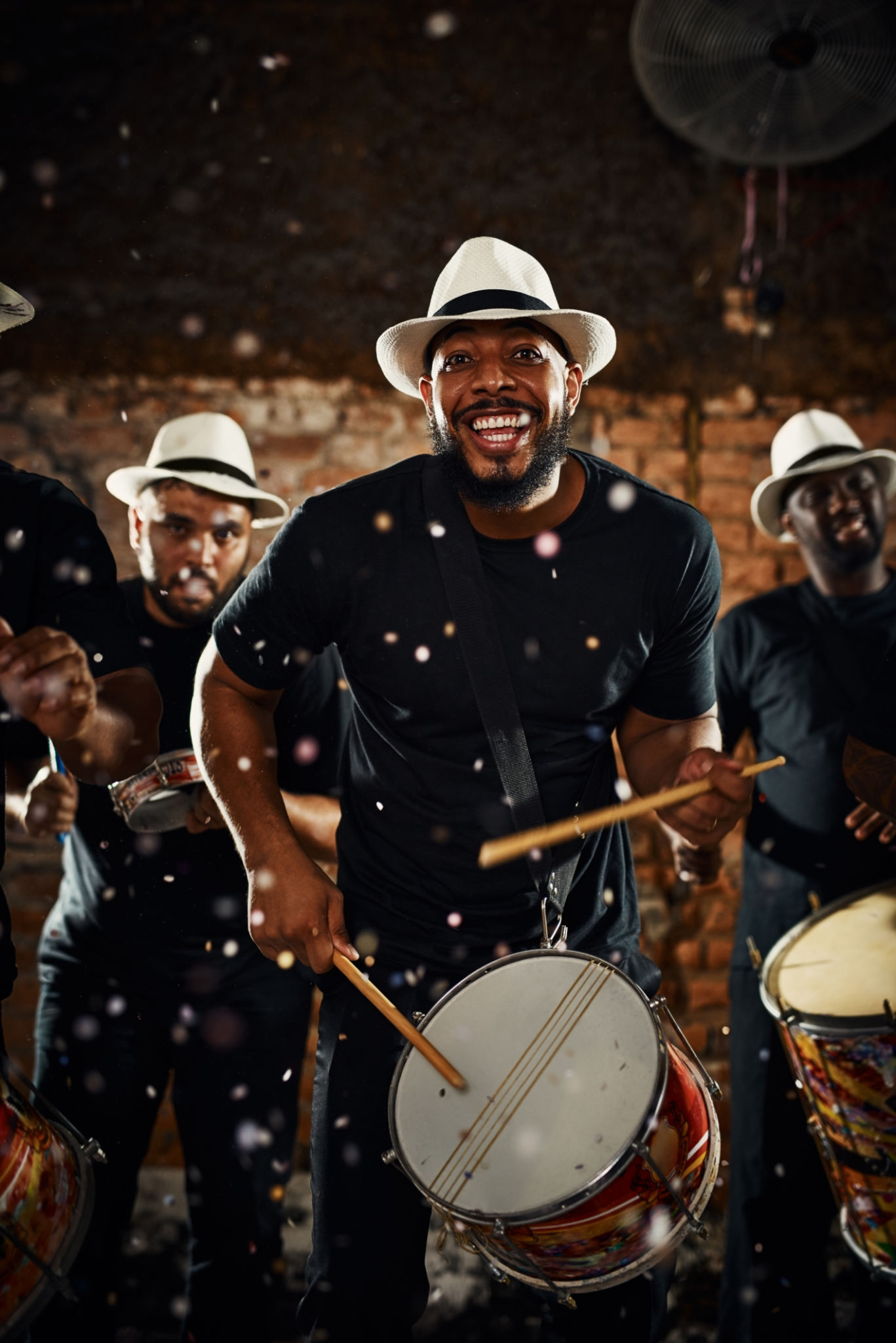Behind the Music: The History and Evolution of African Drumming
The Roots of African Drumming
African drumming is more than just a form of musical expression; it is a vital part of African culture and history. The origins of African drumming can be traced back thousands of years, where it was used in various aspects of daily life, including communication, ceremonies, and storytelling. Drums were often seen as sacred objects, believed to carry spiritual significance and the power to connect with the divine.
In many African societies, drumming served as a method of communication between villages. The sound of the drum could carry over long distances, conveying messages and warnings. Each rhythm had a specific meaning, understood by those within the community. This form of communication was not only efficient but also fostered a sense of unity and connection among people.

Instruments and Techniques
The diversity of African drumming is reflected in the variety of drums and techniques used across the continent. Some of the most well-known African drums include the djembe, talking drum, and dunun. Each type of drum has a unique sound and purpose. For example, the djembe is known for its versatility and ability to produce a wide range of sounds, making it a popular choice for both traditional and contemporary music.
The techniques employed by African drummers are as varied as the instruments themselves. Skilled drummers use their hands, sticks, or even feet to produce complex rhythms that tell stories and evoke emotions. The art of drumming is often passed down through generations, with masters teaching apprentices in a tradition that combines skill with cultural heritage.

Evolution Through the Ages
As African societies evolved, so did their music. Drumming began to play a significant role in rituals and ceremonies, marking important life events such as births, marriages, and deaths. It was also integral to religious ceremonies, where drummers would summon spiritual entities or accompany dancers in elaborate performances.
During the transatlantic slave trade, African drumming traditions were carried across the ocean to the Americas. Enslaved Africans brought with them their rhythms and techniques, which would later influence genres like jazz, blues, and rock and roll. This cultural migration helped introduce African musical elements to a broader audience, contributing to the global appreciation of these rich traditions.
Contemporary Influence
Today, African drumming continues to influence modern music around the world. Many contemporary musicians incorporate traditional African rhythms into their work, creating a fusion that pays homage to its roots while pushing creative boundaries. This blending of styles has led to new genres like Afrobeat and world music, which celebrate the diversity and complexity of African rhythms.

The impact of African drumming extends beyond music, influencing areas such as dance, art, and even fashion. Drumming workshops and classes are now popular worldwide, allowing people from different cultures to experience the joy and energy of these ancient rhythms firsthand.
Preserving Tradition
As globalization continues to shape cultural landscapes, efforts have been made to preserve traditional African drumming techniques and instruments. Organizations and cultural groups are dedicated to documenting and teaching these time-honored practices to ensure they are not lost to future generations. By keeping these traditions alive, communities can maintain a vital link to their heritage.
African drumming is more than just music; it is a testament to resilience, creativity, and the power of cultural expression. As we continue to explore its history and evolution, we gain a deeper appreciation for its role in shaping not only music but human connection across time and space.
